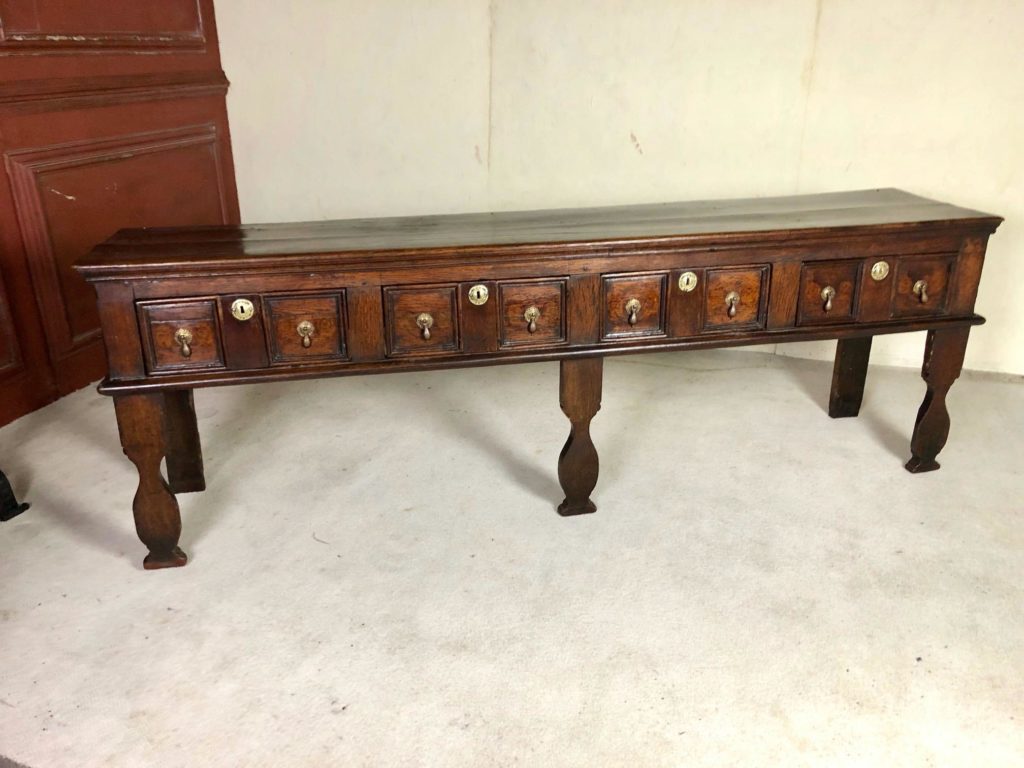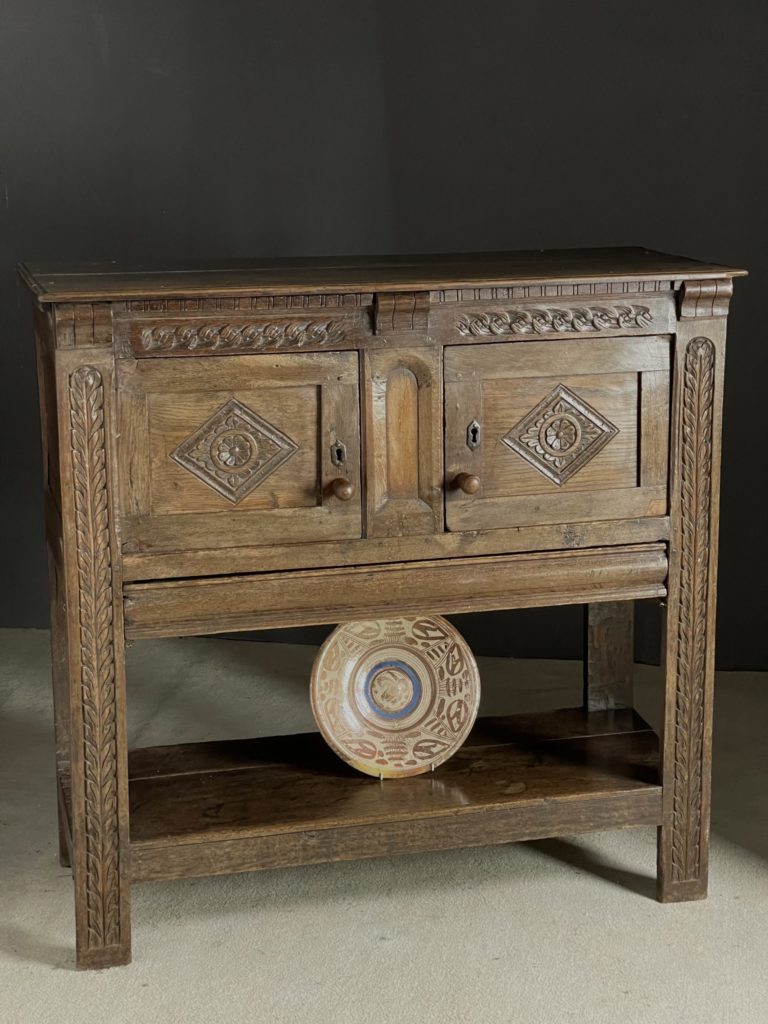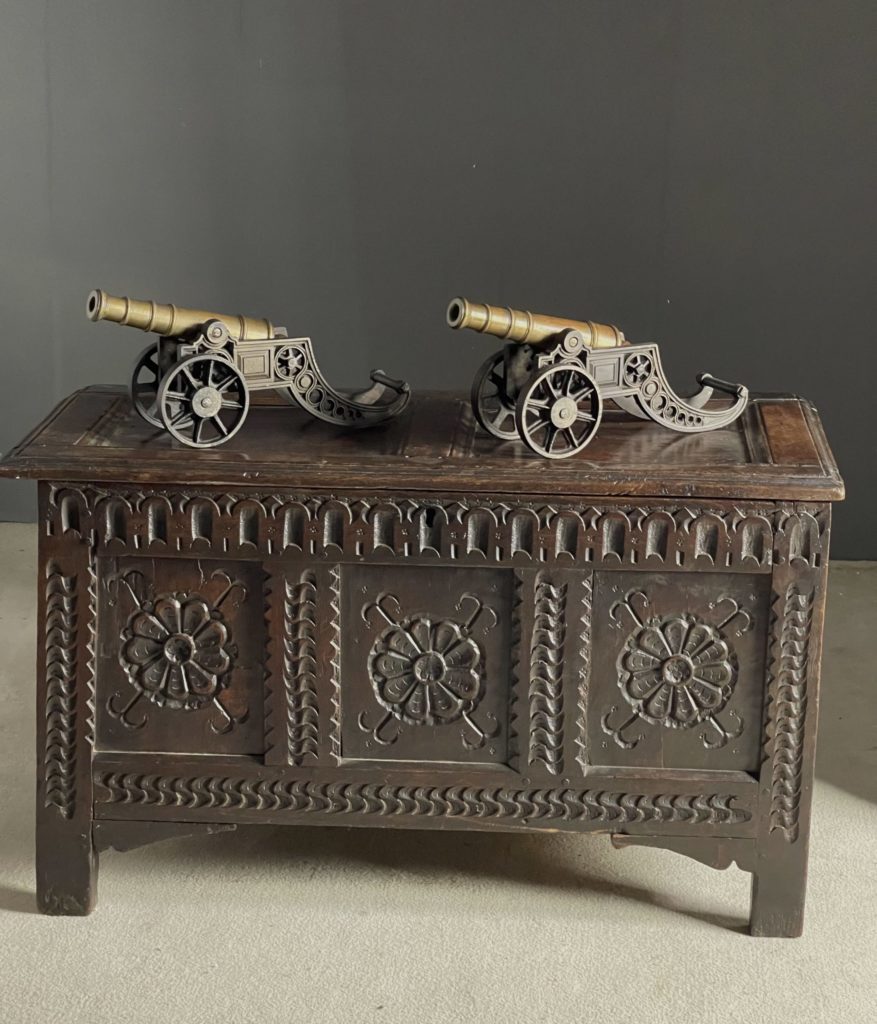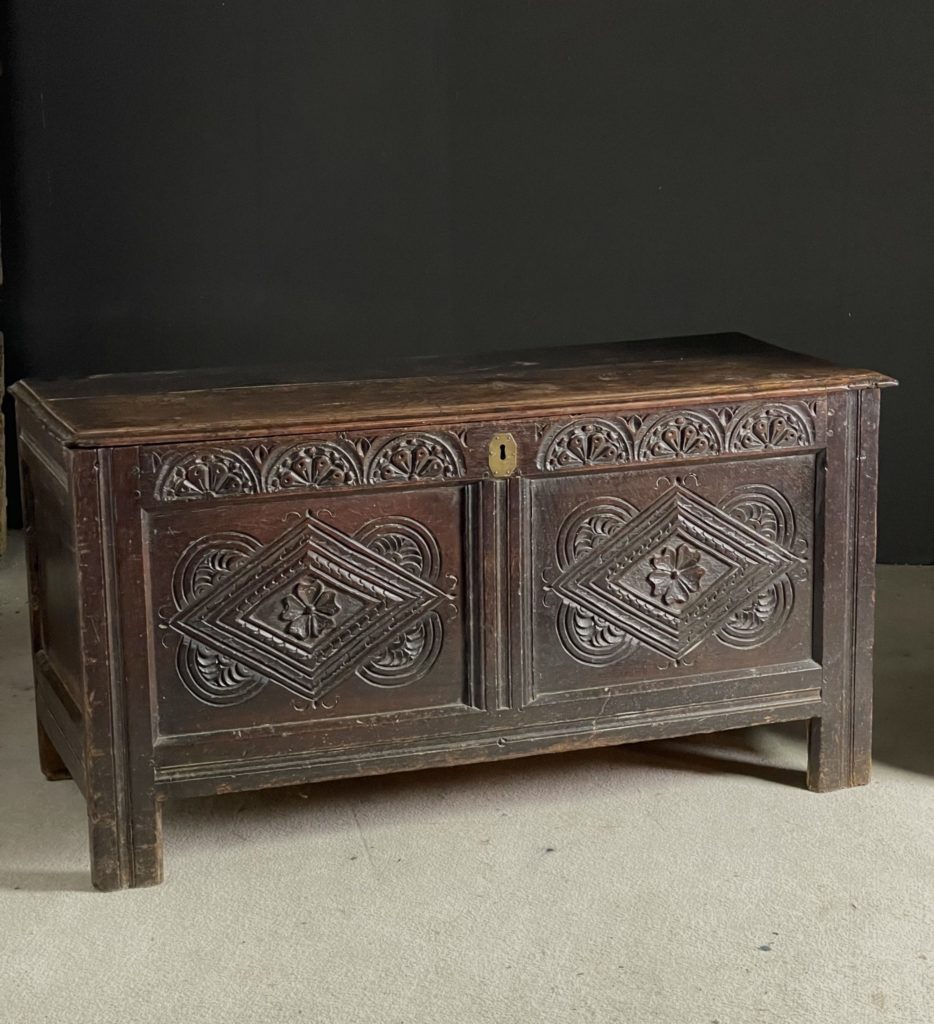Throughout history, certain materials have captured the imagination of craftsmen and furniture makers. One such material is oak. Known for its strength, durability, and timeless beauty, oak has played a prominent role in furniture design.
A Versatile Timber:
Oak, with its rich, warm hues and distinct grain patterns, has been highly valued for centuries. During the 17th and 18th centuries, oak was the primary choice for furniture making in Europe and North America. Its inherent strength and resilience made it an ideal material for crafting sturdy, long-lasting pieces. Oak furniture could withstand the test of time, remaining functional and aesthetically pleasing for generations.
Its natural grain patterns and distinctive texture lend themselves to creating pieces that exude warmth and charm. The colours found in oak furniture are as diverse as the seasons. Ranging from light honey hues to deep amber tones. Over time oak develops a beautiful patina, a soft sheen that emerges as the wood interacts with its environment. This patina is the result of years of use, handling and natural oxidation, which enhances the woods inherent beauty and character.
Here are some great examples on Peter Bunting Antiques showing off the different shades that can be found:

Oak cupboard dresser base very good colour and patination c1780

Very good English oak dresser with 4 drawers all of good colour and surface c1680

Oak North wales dresser excellent colour and patination c1730
Craftsmanship and Techniques:
Furniture crafted from oak during this era was a testament to the skill and craftsmanship of artisans. Meticulous attention was paid to every detail, resulting in masterpieces that combined functionality, elegance, and durability.
One of the most iconic furniture styles of the time was the Jacobean style, which emerged in the early 17th century in England. Jacobean furniture often featured intricate carvings, turned legs, and bold geometric patterns. Oak was the timber of choice for crafting these pieces, as it lent itself well to carving and detailing. Skilled craftsmen would meticulously carve intricate designs and motifs, showcasing the beauty of the wood while adding a touch of artistry to the furniture.
Take a look at some examples of intricately carved pieces here:

Antique English Livery or Pot Board Court Cupboard Circa 1600


Mid 17th Century English Oak Coffer
Legacy and Enduring Appeal:
The legacy of oak furniture from throughout the centuries endures to this day. Despite evolving design trends and changing materials, oak furniture maintains its charm and timeless appeal. The craftsmanship and attention to detail invested in these pieces have allowed them to become prized heirlooms, passed down through generations.
Contemporary furniture makers and artisans continue to draw inspiration from the techniques and designs of the past, incorporating oak into their creations. The popularity of antique oak furniture has also led to a thriving market, with collectors and enthusiasts seeking these unique pieces.
Here are some unique antique oak pieces that would compliment any interior:

16th Century Oak Linenfold Buffet

Well Carved Mid 17th Century Oak Coffer
The use of oak in furniture making throughout the years has left an indelible mark on the world of craftsmanship. Its strength, beauty, and versatility made it the timber of choice for many skilled artisans.